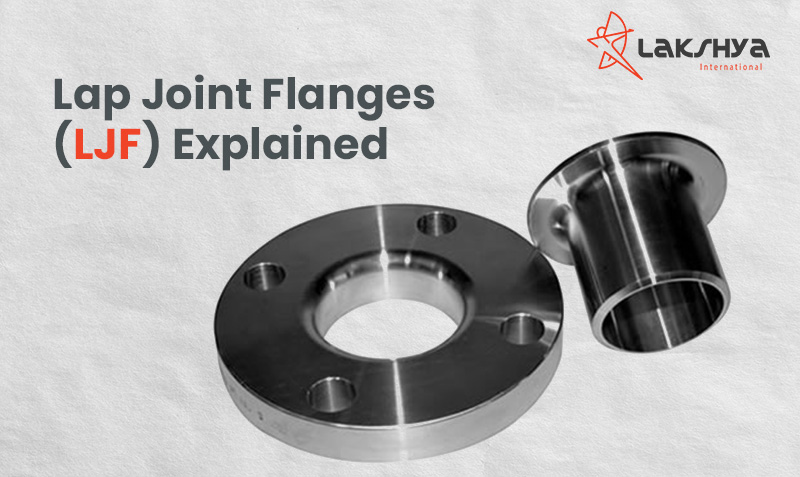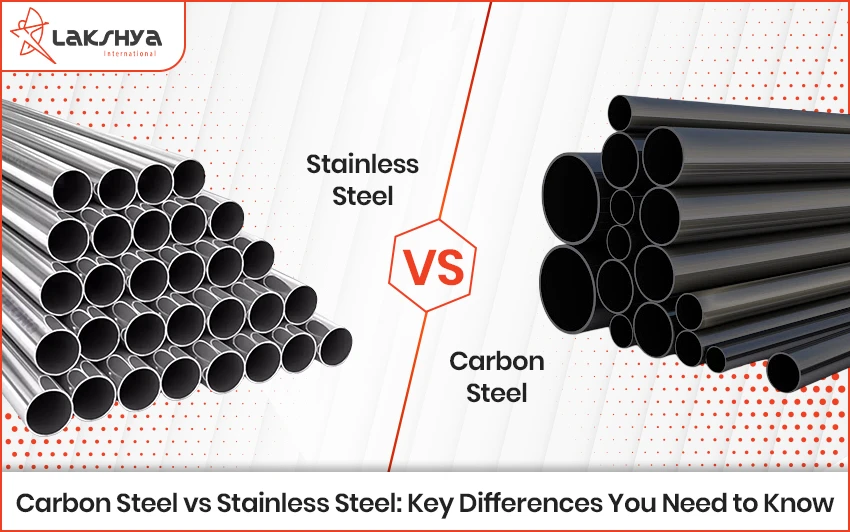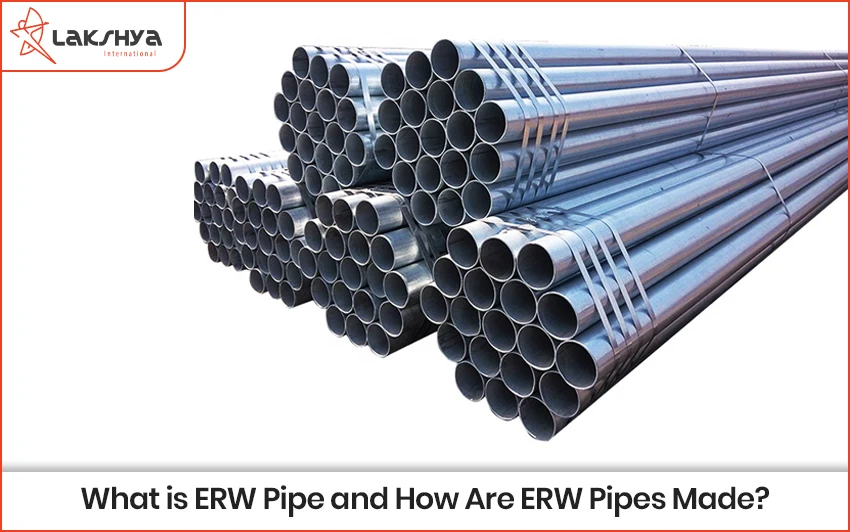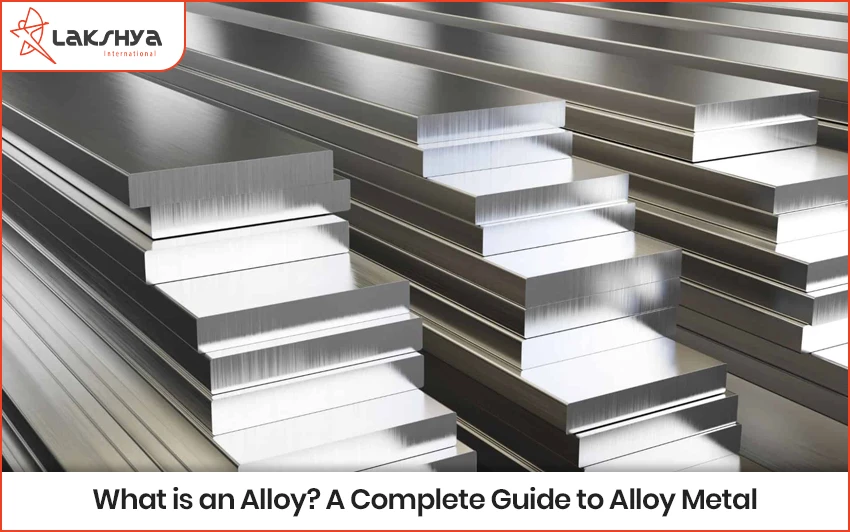Lap joint flanges represent a widely utilized type of flange in the realm of piping and duct system design. Yet, as is the case with all flanges and components in piping systems, comprehending their functionality and the ramifications of design distinctions is crucial for safe, reliable, and cost-effective operation.
Within the following guide, we delve deeply into the operation of lap joint flanges, explore the myriad options available when procuring them, and emphasize essential factors to keep in mind during their acquisition.
What are Lap Joint Flanges (LJF)?
Lap joint flanges are also known as Back Up flanges, Loose Ring flanges, Loose Hubbed flanges, and Van Stone flanges. They are two-part flanges made up of a Lap Joint Stub End that is butt welded to the pipe and a backup lap joint flange that is slipped onto the pipe before the Stub End is welded.
Lap joint flanges closely resemble Slip-On flanges, with a distinctive radius at the junction of the flange face and bore to accommodate the flanged section of the Lap Joint Stub End, rendering them exclusively compatible with Lap Joint Stub Ends. Materials for Lap Joint flanges and Lap Joint Stub Ends exhibit variability and can differ within a single application, allowing for cost flexibility.
Commonly used materials for Lap Joint flanges include various stainless steel, carbon steel, and other alloy options. These flanges come in standard dimensions, facilitating their integration into existing piping systems or alongside other piping components. Stub Ends harmonize with both pipe material and wall schedule to maintain the inside and outside diameters of the piping system.
Two different Stub End lengths, MSS or Short lengths, and ASA or Long lengths, are available, along with diverse face finishes tailored to specific requirements. For instance, serrated or phonograph finishes enhance gasket adherence.
Difference Between Lap Joint Flanges and Rolled Angle Rings
Rolled Angle Rings, also referred to as Vanstone Rings or Vanstone Rolled Angle Rings, offer comparable advantages to Lap Joint Stub Ends, sharing similar designs and installation prerequisites. Nevertheless, subtle distinctions often render one preferable over the other in various scenarios. Notably, Rolled Angle Rings do not qualify as registered fittings.
Like Lap Joint flanges, the two-part design allows the rolled angle ring and backing flange to consist of different materials, providing added flexibility and cost optimization potential. For example, one might opt for a 316/L SS rolled angle ring with a Carbon Steel, Galvanized backing flange.
The backing flange of Rolled Angle Rings can rotate freely on the pipe, simplifying alignment. Unlike Lap Joint flanges, Rolled Angle Rings offer two distinct installation configurations: Butt-Weld and Slip-On. Butt-Weld Rolled Angle Rings necessitate welding at the end of the pipe and compatibility with the inner diameter of the pipe or fitting in use. In contrast, Slip-On Rolled Angle Rings slide over the pipe, attaching to the pipe’s exterior instead of its end.
Rolled Angle Rings are not manufactured to correspond with the pipe or fitting schedule. Typically, they are made from 11-gauge Angle Iron, though larger pipe sizes may employ 7-gauge Angle Iron. Smaller rings, sometimes labeled as Pressed Angle Rings or I.D. Pressed Vanstone Rings, are hydraulically pressed from plate sections cut to precise inner and outer diameters, creating a seamless ring design that is easy to produce and replicate. However, achieving the precise 90-degree angles of Rolled Angle Rings using hydraulic presses can be challenging.
Choosing Between Lap Joint Flanges and Rolled Angle Rings
Now that we have a comprehensive understanding of how these popular flange types operate?, we can explore the reasons for their selection in piping systems. Lap Joint flanges have certain limitations, primarily related to pressure ratings. While many Lap Joint flanges can handle higher pressure levels than Slip-On flanges, they are not suited for high-pressure applications. It is advisable to consult with an engineer if you have uncertainties regarding the choice of flanges for your piping systems.
Despite these limitations, both designs offer three major advantages, depending on the industry in which they are applied. Firstly, they permit the use of different materials for the backing flange, Stub End, or Angle Ring, enabling the matching of materials where contact with piped substances is required while using more economical or otherwise desirable materials in outer components that do not come into contact with piped materials.
Secondly, the flexibility to realign and freely rotate the flange facilitates proper connections and expedites maintenance processes in systems requiring frequent maintenance. Additionally, utilizing flanges that do not necessitate fillet welds on the plates can reduce installation times and yield initial cost savings.
Finally, in processes characterized by high corrosion or erosion, Lap Joint flanges allow the retention of the flange for re-use while replacing Stub Ends or Angle Rings as necessary, promoting safe and cost-effective operations.




